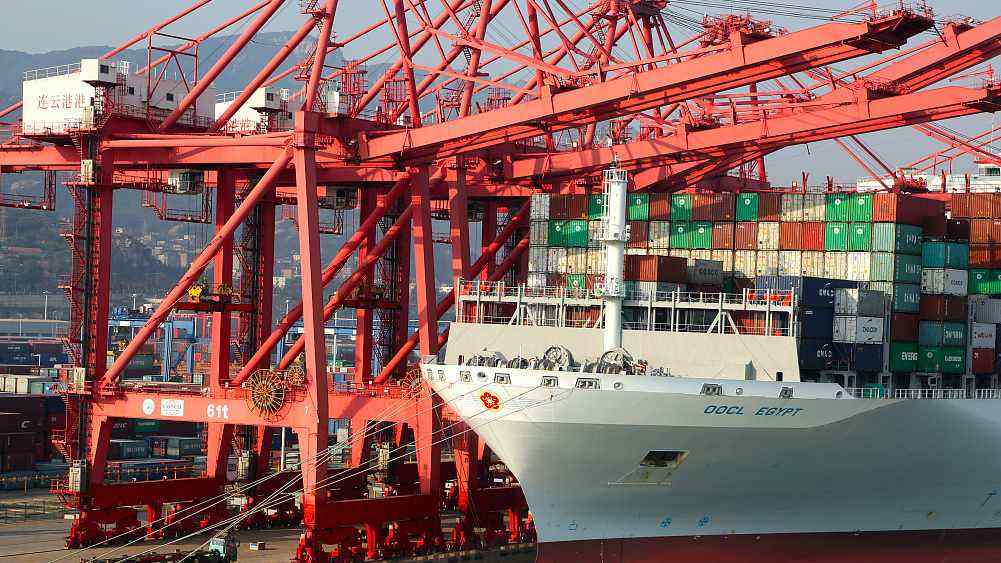
Money Stories
18:17, 26-Apr-2019
Rediscovering China via the 'New Silk Roads'
Updated
15:35, 27-Apr-2019
Xu Yanqiu
01:21

"The world is changing. As it does so, it is important to explain that the shift of economic and political power to Asia is not new or revolutionary, but a return to how the world used to look."
So said Peter Frankopan, a professor of global history at Oxford University and author of "The New Silk Roads – The Present and Future of the World," in a 2016 interview with Chinese media outlet Global Times.
The change, as Frankopan explains in his book, is marked by isolation and fragmentation among Western countries, contrasting with developments further to the East, where bilateral and multilateral relations are being strengthened and mutual cooperation established. It's a process in which the "New Silk Roads" – in other words, the Belt and Road – are playing a key role.
Frankopan's view is supported by John Bew, a professor in history and foreign policy at King's College London. He wrote of the Belt and Road Initiative that it is, "the 21st-century incarnation of the old Silk Roads – the trading routes that connected a string of peoples and places from across the Eurasian landmass to Western Europe, and left an indelible mark on the shape of modern civilization." In short, he says: "China's new trading 'Silk Road' will be as influential as the original."
Contrasting with such positive assessments of the New Silk Roads' potential impact is the comparison, voiced in some quarters, to the Marshall Plan.
Introduced over 70 years ago at the end of World War II to help rebuild Europe, the Plan has come under criticism for being aimed at furthering American interests on the continent. However, the analogy has been strenuously rejected. The Belt and Road Initiative has been described by Chinese officials as a “public good”, founded on the broad premise of extensive consultation, joint contribution and shared benefits, and designed so that different countries, by integrating their various development strategies, can explore new cooperation and development opportunities, with the aim of achieving common development and prosperity.
Geopolitical considerations aside, what the Belt and Road promise – and is already delivering – is material benefits.
A recent report from ING, "New Silk Road – The golden middle way," highlights how one key element of the Belt and Road Initiative – the China Railway Express – is revolutionizing transport between East and West.
The railway, the report notes, is set to make the transport of goods twice as fast as sea freight and four to six times cheaper than air freight. It also holds out the promise of environmental benefits, since it generates just five percent of the CO2 emissions of current air freight options. This will make it a more attractive, and economic, means of transport for companies, as they battle to comply with more stringent environmental regulations.
On April 28, "Rediscovering China" broadcasts the second episode in a two-part series about the Silk Railroad.
Rediscovering China is a 30-minute feature program offering in-depth reports on the major issues facing China today. It airs on Sunday at 10.30 a.m. BJT (02.30 GMT), with a rebroadcast at 11.30 p.m. (15.30 GMT), as well as on Monday at 8.30 a.m. (00.30 GMT) and Friday at 1.30 p.m. (05.30 GMT).

SITEMAP
Copyright © 2018 CGTN. Beijing ICP prepared NO.16065310-3
Copyright © 2018 CGTN. Beijing ICP prepared NO.16065310-3